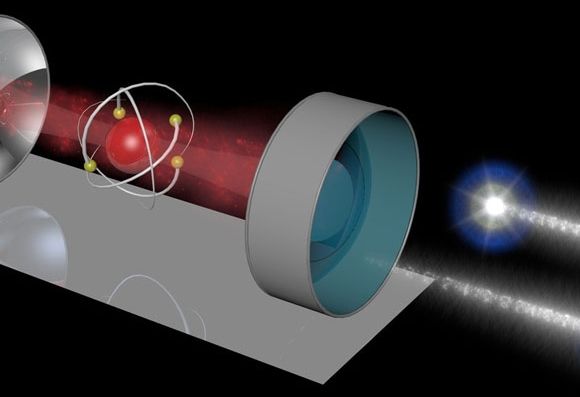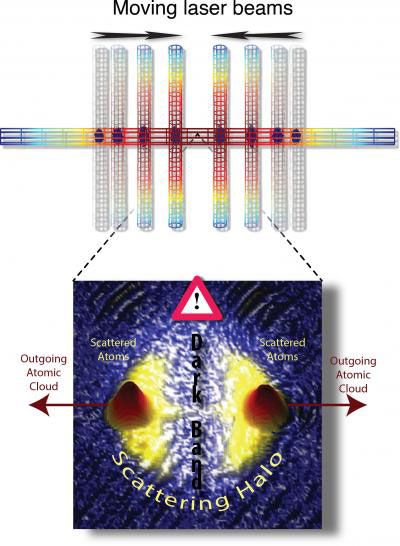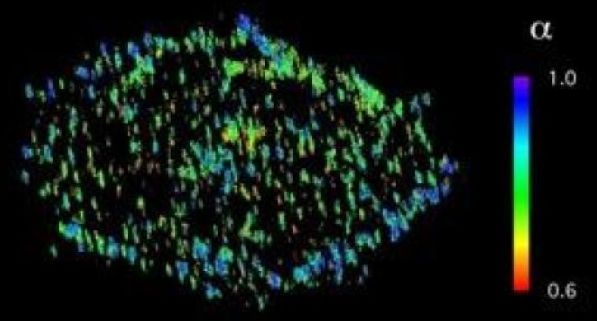Is search of the sound of silence.
To a physicist, perfect quiet is the ultimate noise. Silence your cellphone, still your thoughts, and muffle every kind of vibration, and you would still be left with quantum noise. It represents an indeterminacy deep within nature, bursts of static and inexplicable motions that cannot be gotten rid of, or made sense of. It seems devoid of meaning.
Considering how pervasive this noise is, you might presume that physicists would have a good explanation for it. But it remains one of the great unsolved problems in science. Quantum theory is silent not just on where the noise comes from, but on how exactly it enters the world. The theory’s defining equation, the Schrödinger equation, is completely deterministic. There is no noise in it at all. To explain why we observe quantum particles to be noisy, we need some additional principle.
For physicists in the Niels Bohr tradition, the act of observation itself is decisive. The Schrödinger equation defines a menu of possibilities for what a particle could do, but only when measured does the particle actually do anything, choosing at random from the menu. Identical particles will make different choices, causing the outcomes of fundamental processes to vary in an uncontrollable way. On Bohr’s view, quantum noise cannot be explained further. It is what physicist John Wheeler called “an elementary act of creation,” with no antecedents. Genesis was not a singular event in the distant past, but an ongoing process that we bring about. We create the world by observing it.









